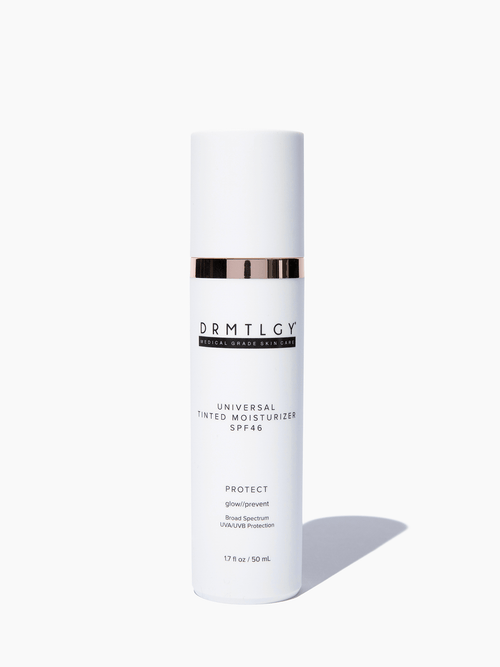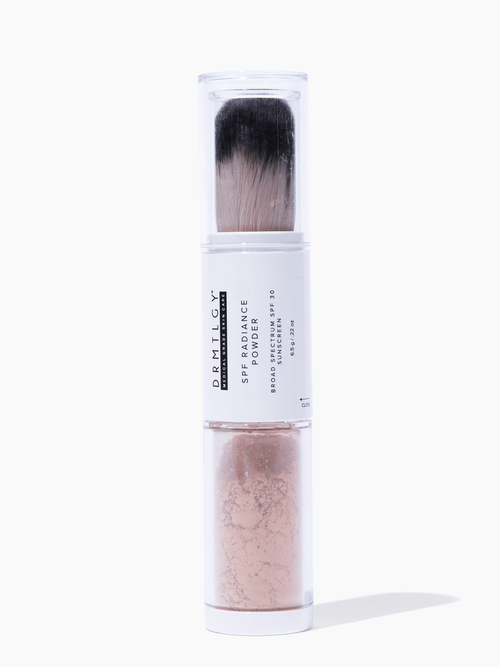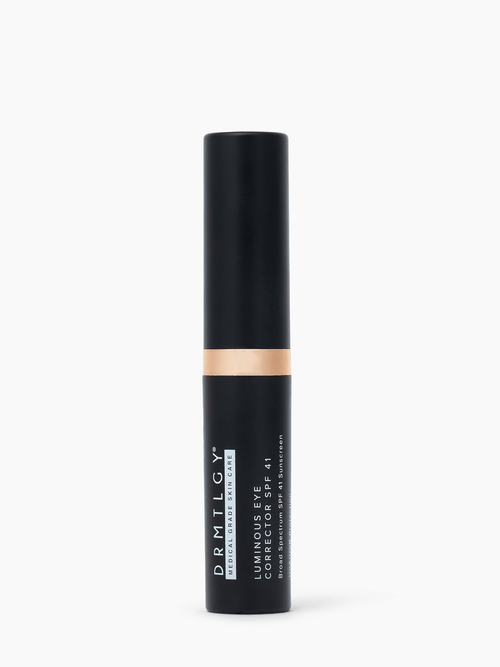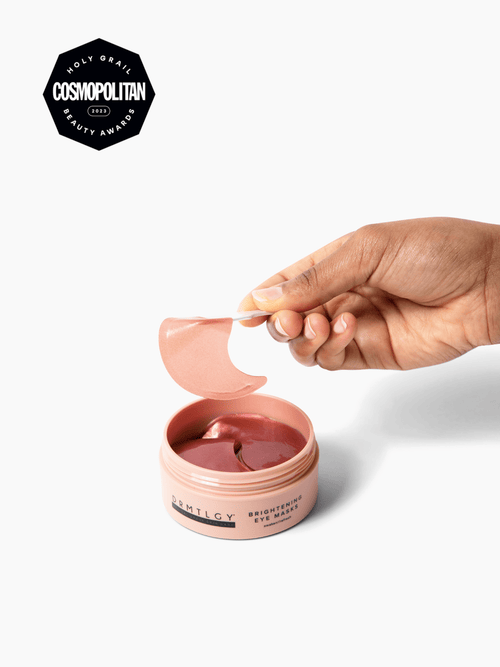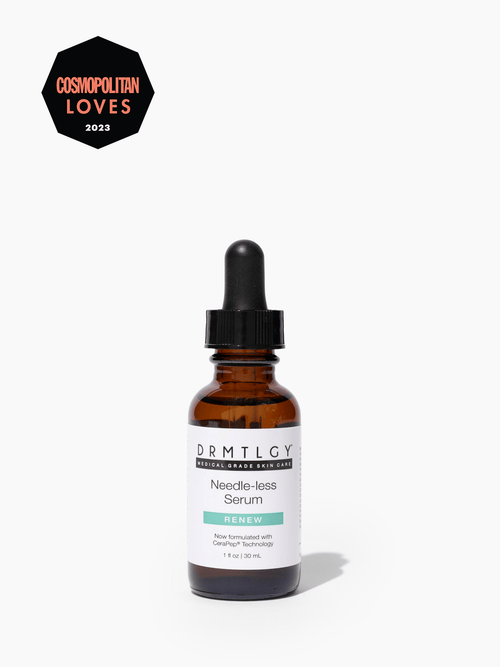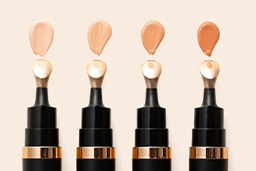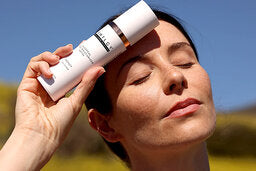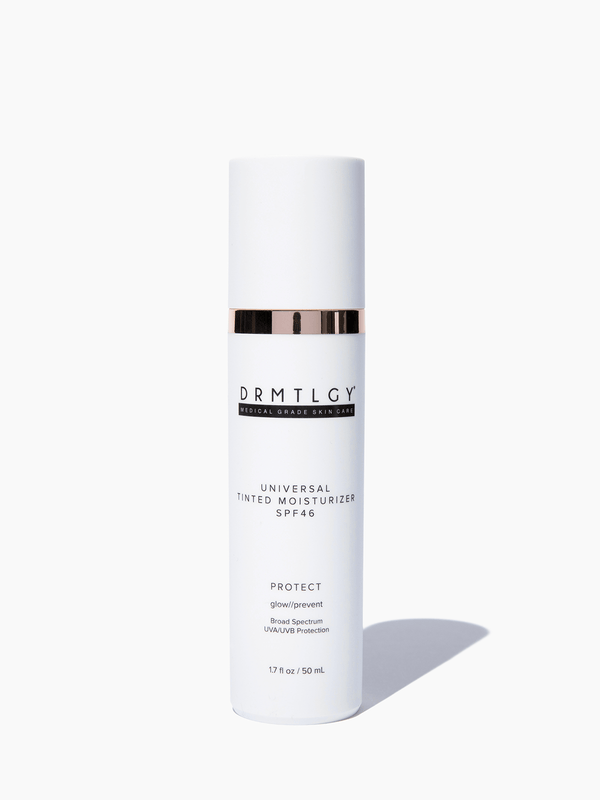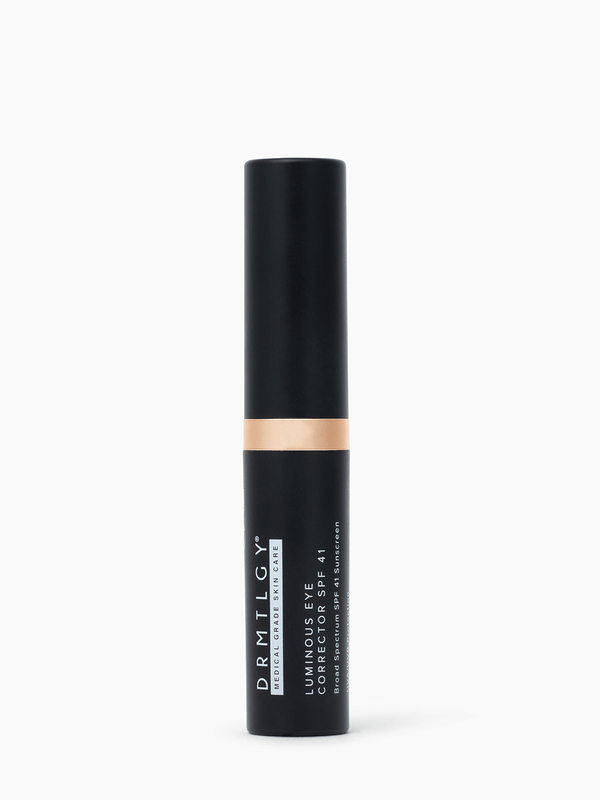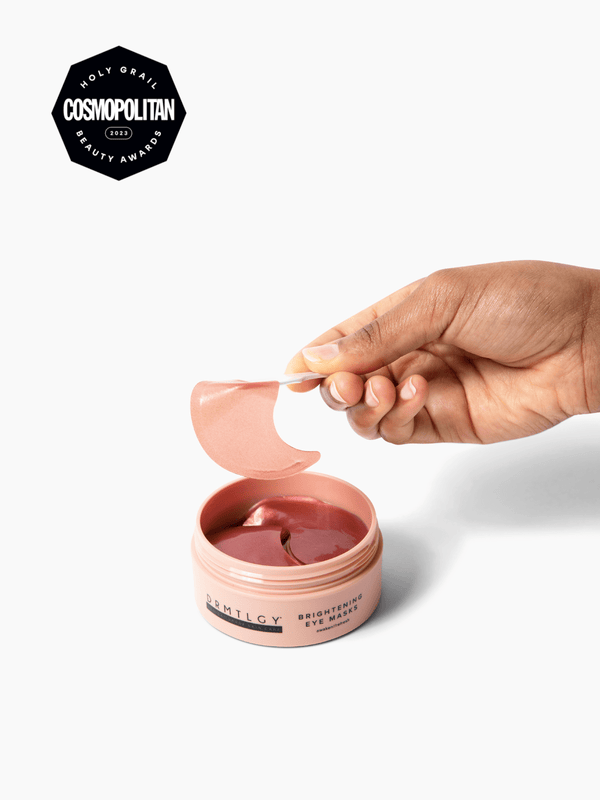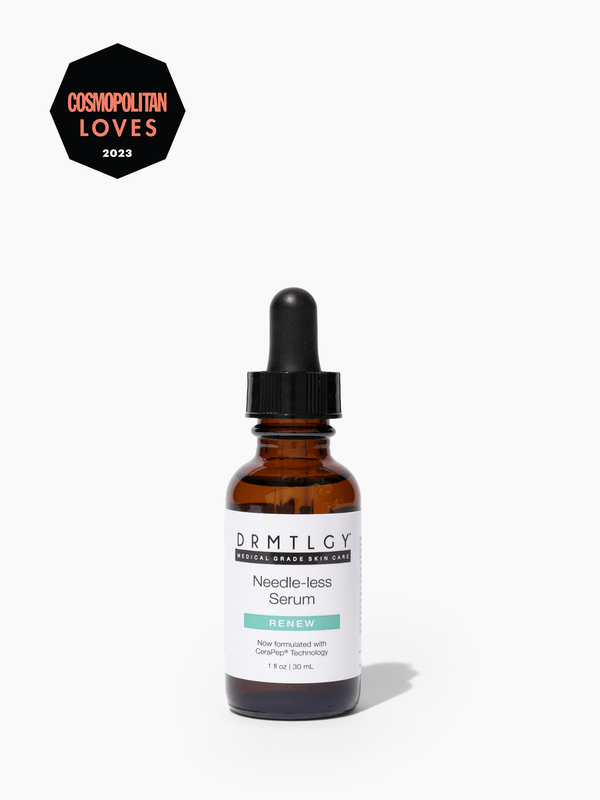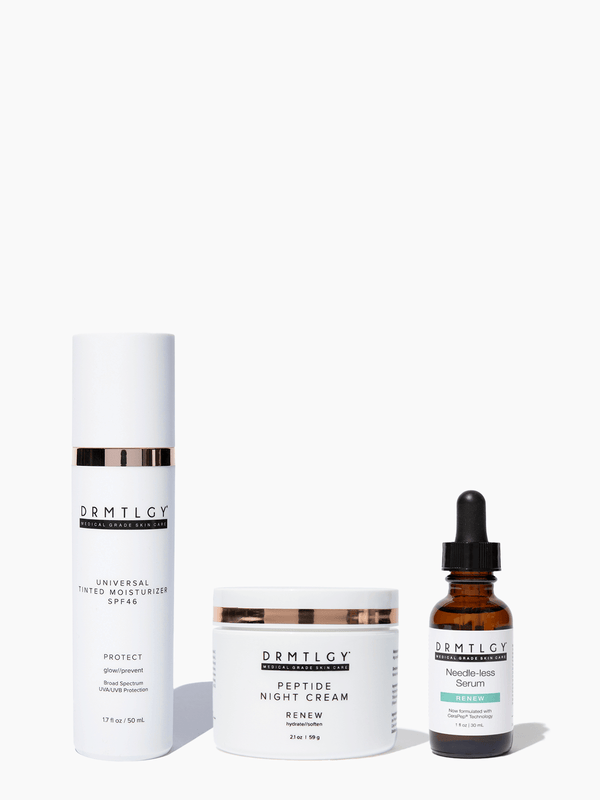May is here and spring is in full swing. Flowers are in bloom, and soon June and July will be upon us. These wonderful summer months offer opportunities to bask in warm weather, don cute summer dresses, and enjoy sunset dinners accompanied by a glass (or two) of rosé. The only unfavorable thing summer brings? Sweaty, stinky armpits. But before you pack your bag with a traditional deodorant to use on your next beachside getaway, you might want to consider an alternative.
What kind of alternative, you ask? It may sound odd, but AHA/BHA exfoliating pads are the latest beauty hack to hit the internet. Women everywhere are raving about how well using an alpha or beta hydroxy acid-based product works for fighting off those undesirable aromas emanating from under your arms. What’s even more amazing is that using toners and exfoliators as deodorants is actually a much healthier, much cleaner way to address body odors than traditional deodorants.
That’s why I decided to see for myself whether this beauty hack was indeed as effective as I had read. I swapped my own traditional deodorant and hopped on the AHA/BHA acid exfoliating pad-bandwagon and guess what? It worked! And boy, am I relieved to no longer worry about offending anyone with an innocent stretch of the arm. Read on to learn all about AHA/BHA and discover just how and why you, too, should be switching your deodorant out with acid pads!
What is AHA/ BHA acid?
First of all, let’s discuss what AHA/BHA is. AHAs, or Alpha-hydroxy acids, refer to a group of both natural and synthetic acids that are generally used to exfoliate the top layer of the skin. You can find these acids in anti-aging products, serums, creams, toners, and of course, in DRMTLGY’s Tingl Exfoliants Pads. These acids are derived from sugar cane, as well as other plant sources. Below you will find seven of the most common AHAs on the ingredient lists of skincare products.
- Glycolic acid (derived from sugar cane)
- Lactic acid (derived from milk)
- Citric acid (derived from citrus fruits)
- Malic acid (derived from fruits)
- Tartaric acid (derived from grapes)
- Hydroxycaproic acid (derived from gelatinous substances from animals)
The two AHAs thought to be the most effective when it comes to skincare are glycolic and lactic acid.
Another type of acid frequently used in skincare products is called beta-hydroxy acid, or BHA. There is only one type of BHA, and it’s called salicylic acid. Salicylic acid is found in many products designed to fight acne because it works by decreasing sebum production while simultaneously exfoliating this skin.
How does AHA/ BHA acid work?
When applied to the skin on the face, AHA acts as a wonderful exfoliator, gently removing dead skin cells, thereby offering a brighter complexion. BHA is an oil-soluble acid that penetrates deep into the pores, effectively treating acne. But what’s so cool about AHA/ BHA is how these acids go to work on the skin when applied under the arms.
According to LabMuffin, a blog written by a science educator with a Ph.D. in Chemistry, exfoliating AHA and BHA acids like glycolic acid, lactic acid, and salicylic acid have been found to work as alternative deodorants because of how they act when bacteria is present, and the effect they have on the pH of the skin.
Normal human armpits have a pH of about 5.5-6, which is the perfect environment for odor-causing bacteria to grow. AHAs and BHAs are usually at a lower pH (around 3-4). When applied to the armpit, these chemical exfoliants effectively reduce the pH of the skin under your arms.
What does that mean? It means bacteria will no longer have a nice, comfortable place to live and reproduce. Because the bacteria need just the right pH to flourish, one study, in particular, found that the skin becomes an inhospitable place for bacteria to live once an AHA/ BHA acid has been applied.
Why do our armpits smell, anyway?
Your armpit, also known as “axillary” in medical jargon, is a moist, warm and dark area. Under the skin of the underarm, you have sweat glands. There are two types of sweat glands here, known as apocrine glands and eccrine glands.
These two glands perform different functions. The eccrine glands help to regulate body temperature. They do this by secreting water that contains various ions such as sodium, chloride, potassium, calcium, magnesium, amino acids, and other compounds. Apocrine glands, on the other hand, are glands stimulated by changes in an emotional state and are regulated by hormones. Both of these glands secrete a mixture of proteins, oils, lipids, and steroids. These substances, when mixed with the bacteria present on the surface of the skin, create odor.
You may sometimes notice odors, and other times not. Often, the watery compounds secreted by the eccrine glands, during exercise, for example, contain less odorous compounds and may not smell as bad. It differs for every person. This is where deodorants and antiperspirants come in. These two products have different functions when applied, so let’s learn a bit more about them!
Deodorant vs. antiperspirant
There are two types of products commonly used under the arms. Deodorants are specifically used for combating unpleasant odors, while antiperspirants are designed to stop your body from sweating (and leaving unsightly wet marks on your clothes!).
Deodorants are comprised of specific chemicals that kill or block bacteria. The smell bacteria exude is actually their metabolic byproduct. Deodorants work in various ways to inhibit their ability to thrive. Some deodorants contain triclosan, for instance, a chemical that makes the armpit too salty for bacteria to live. Some deodorants can contain aluminum in their ingredient list as well.
Antiperspirants, on the other hand, block sweat glands from releasing the watery substance used to regulate body temperature. They do this by adding aluminum salts as a primary ingredient. Sounds okay so far, but let’s look a little more closely at why this ingredient isn’t the greatest.
Why AHA/ BHA is a better alternative to deodorant
While deodorants and antiperspirants may seem relatively harmless, many people (such as myself) have opted out of using them because of the aluminum they contain. Shockingly, this ingredient has been linked to the development of Alzheimer’s Disease and breast cancer.
Keith Fargo, director of outreach and scientific programs for the Alzheimer’s Association, explains that in the 1960s and 1970s, exposure to aluminum was identified as a possible concern for the development of Alzheimer’s Disease. He also stated that “this suspicion led to concern about exposure to aluminum through everyday sources...such as antiperspirants.” Researchers also found that Alzheimer’s patients had high levels of aluminum in their brains.
The presence of aluminum has also been linked to breast cancer. Clinical studies show supporting evidence that a locally applied product containing aluminum is capable of causing both DNA alterations and epigenetic effects. In other words, aluminum is shown to play a role in the development of breast cancer.
Devastating diseases aside (as if those weren’t enough to dissuade you from ever using aluminum-containing deodorant and antiperspirants again), there are even more upsides to switching to an AHA/BHA acid pad exfoliator.
For one, regular exfoliation helps to prevent ingrown hairs from occurring, and can actually lighten unsightly hyperpigmentation under the arm. Also, they simply seem to work better than most deodorants I’ve tried, and last for much longer (up to 24 hours).
The only thing AHA/BHA acid pads can’t offer is the cessation of sweat production, This is because they don’t contain harmful aluminum salts. For me, I’d rather let my body sweat it out. After all, sweat is natural and it helps to cool the skin in high temperatures. Personally, I’m happy enough eliminating odors with natural and safe AHA/BHA acid pads and keeping a little bit of sweat.
How do I apply AHA/BHA acid?
The best part about using an AHA or BHA acid exfoliator as a deodorant alternative is that it’s just as easy to apply as any other traditional deodorant. Simply use a cotton pad to wipe the surface of the skin under the arms, and voila, you’re done!
My experience with Tingl Exfoliating Pads
DRMTLGY’s Tingl Exfoliating Pads for me was an easy way to try out using an AHA/BHA acid as my new deodorant because I already had them on hand.
I had been using Tingl Exfoliating Pads for their traditional use, as a 3-in-1 toner and exfoliant. I’ve found them to be a great way to renew, rejuvenate, and refresh my skin. When I use the pads, I notice a decrease in the appearance of my pores and the fine lines on my face. The Tingl Exfoliating Pads have also been shown to eliminate blemishes and acne, control oily skin, clear blackheads, and offer a deep clean. You can even see the dirt on the pad after you’ve used it!
So I took a chance and tried them under my arms. They indeed worked their magic when wiped under the armpits! This is because the pads combine salicylic, glycolic, and lactic acid, which are the key ingredients necessary to alter the pH of the underarms and keep bacteria away.
I’m happy to report that the reviews were true and it worked like a charm. My underarms are odor-free and stay that way for 24 hours or more at a time (even when I’m stressed or exercising). They come in a convenient little jar with the pads stacked and ready to use.
Another thing I feel great about is the added benefit of switching to a healthier product. I am always looking for ways to swap out poor quality, unsafe products for natural and high-quality ingredients. DRMTLGY’s Tingl Exfoliator Pads are medically approved and best of all, are manufactured in a cruelty-free way.
The DRMTLGY Tingl Exfoliating Pads are made in the USA, are paraben-free, sulfate-free, and contain naturally derived ingredients. At last, the future of clean beauty is here!
The pads also contain cucumber fruit extract, grapefruit peel, chamomile flower, and aloe extract. With such a luscious combination of ingredients, I felt like I was on a tropical vacation!
I’m so glad I swapped out my deodorant for acid pads- they actually worked! And they can work for you, too! So what are you waiting for? We all need to do our part to make the move away from products that not only can harm our bodies, but also harm our environment. Small choices make a big difference. While you’re at it, be sure to check out our other dermatologist-backed products such as the Universal Tinted Moisturizer with SPF 46, and the ultra-hydrating Peptide Night Cream.
- https://coveteur.com/2020/07/30/aha-bha-deodorant-review/
- https://www.teenvogue.com/story/deodorant-aluminum-safety-what-you-should-know
- https://www.beautylish.com/a/vzgij/i-used-aha-bha-instead-of-deodorantand-it-actually-worked
- https://intothegloss.com/2019/08/acid-deodorant/
- https://www.racked.com/2018/2/20/17021612/natural-deodorant-acid
- https://www.healthline.com/health/beauty-skin-care/alpha-hydroxy-acid#_noHeaderPrefixedContent
- https://www.ipsy.com/blog/what-is-aha
- https://www.byrdie.com/aha-vs-bha
- https://labmuffin.com/chemical-exfoliants-as-deodorant-the-science-of-smelly-armpits/
- https://pubmed.ncbi.nlm.nih.gov/11428948/
- https://www.mentalfloss.com/article/68960/how-does-deodorant-work
- https://www.alz.org/
- https://www.ncbi.nlm.nih.gov/pmc/articles/PMC1568482/
